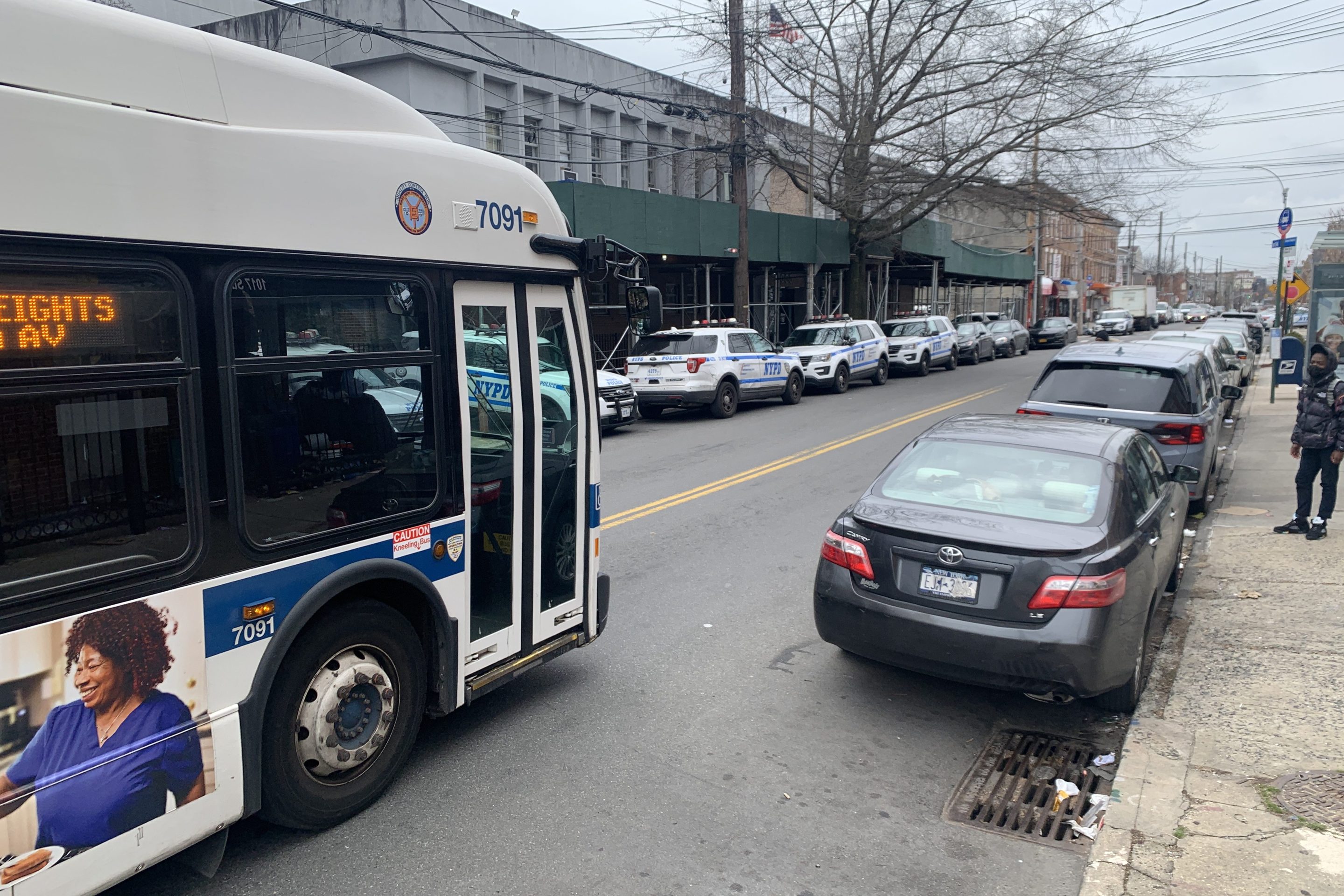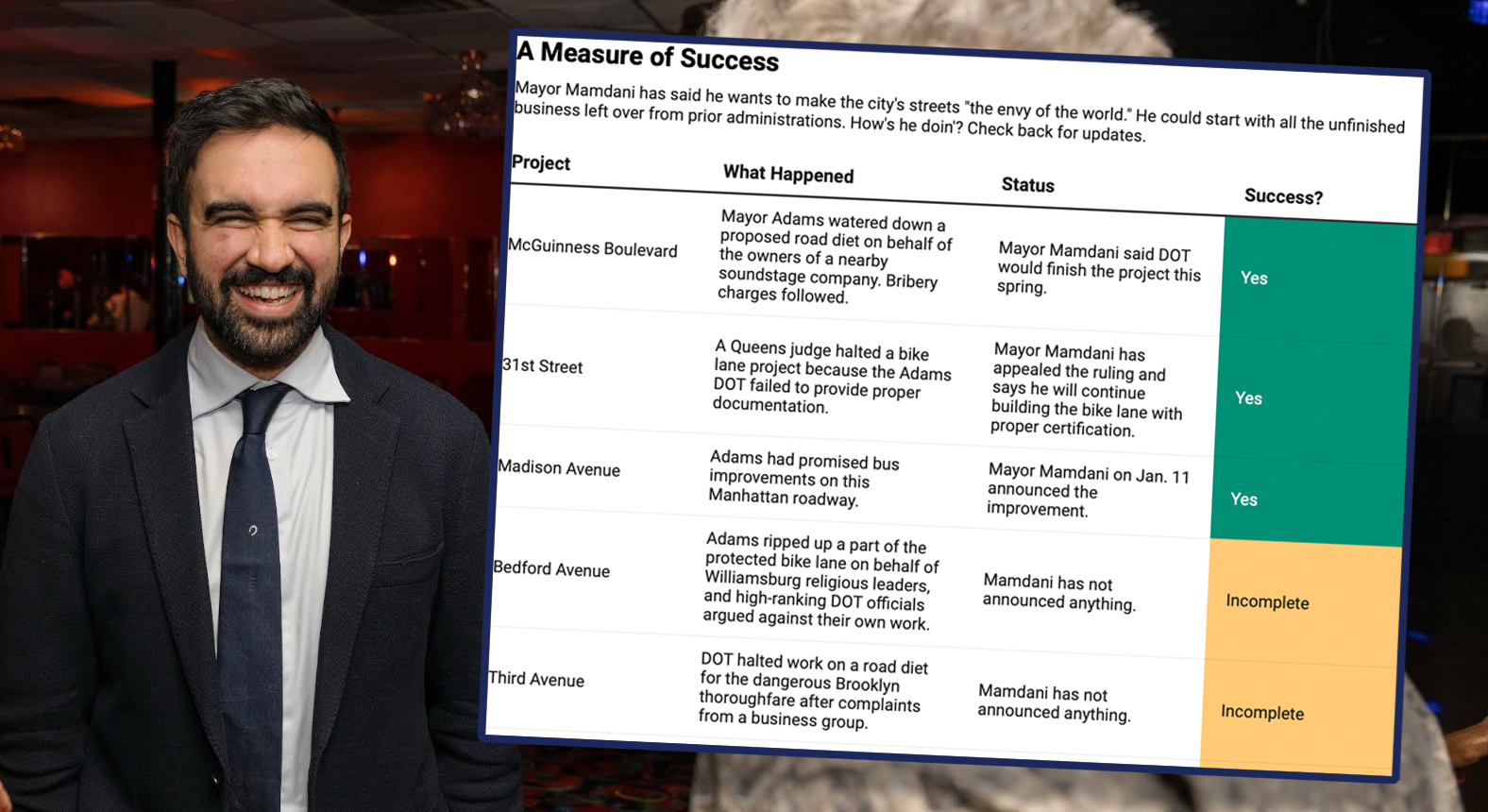Better bicycling infrastructure could be coming to a city near you thanks to an initiative of the National Association of City Transportation Officials. NACTO's Cities for Cycling committee today released its anticipated Bikeway Design Guide, a comprehensive overview of the latest developments in bicycle infrastructure that is intended to advance state and national policy. Created for a profession that prizes design standards, the document has the potential to spur widespread adoption of bike infrastructure that makes many more people feel safe riding on the street, leading to big increases in cycling for transportation, as well as gains in pedestrian safety.
The guide is the result of months of study by engineers, planners and academics from fifteen major U.S. cities. It offers comprehensive design instruction on the latest in cycling infrastructure innovations from Europe and stateside, such as bike boxes, bike signals and separated cycle tracks.
“NACTO’s Urban Bikeway Design Guide gives American planners and designers the tools they need to make cycling accessible to more people,” said Janette Sadik-Khan, New York City transportation commissioner and president of NACTO. “These guidelines represent the state of the art and should be adopted as the new standards around the country.”
Planners hope their recommendations will be incorporated into the Federal Highway Administration's Manual on Uniform Traffic Control Devices and the American Association of State Highway Transportation Officials' design guidelines. Design manuals by these standard-bearing organizations thus far ignore some of the cutting-edge bike treatments that have been adopted in cities like Portland and New York, as well as European cities. As we reported earlier this week, this makes funding and planning for these potentially life-saving projects difficult and time consuming, particularly for smaller cities, NACTO officials said.
In the meantime, Cities for Cycling is encouraging local communities to adopt its recommendations. Already, the states of Washington and Texas are looking to make NACTO's standards official, sources say.
“NACTO’s Cities for Cycling Urban Bikeway Design Guide is perfect for any city looking to start a bike program at the highest level,” said Boston Transportation Commissioner Tom Tinlin.
The Bikeway Design Guide offers four different treatments for bike signals, three physically-protected cycle track designs, four types of striped bike lanes and a variety of intersection treatments and signage recommendations. Guidelines are divided into three categories: required, recommended and optional.
Design guidance on one-way cycle tracks, for example, would require a symbol and arrow marking as well as "preferential lane" status, as defined by the guide. Colored pavement for the track is considered optional.
The guide was developed with input from transportation officials from Atlanta, Baltimore, Boston, Chicago, Detroit, Houston, Los Angeles, Minneapolis, New York, Philadelphia, Phoenix, Portland, San Francisco, Seattle and Washington, D.C.






